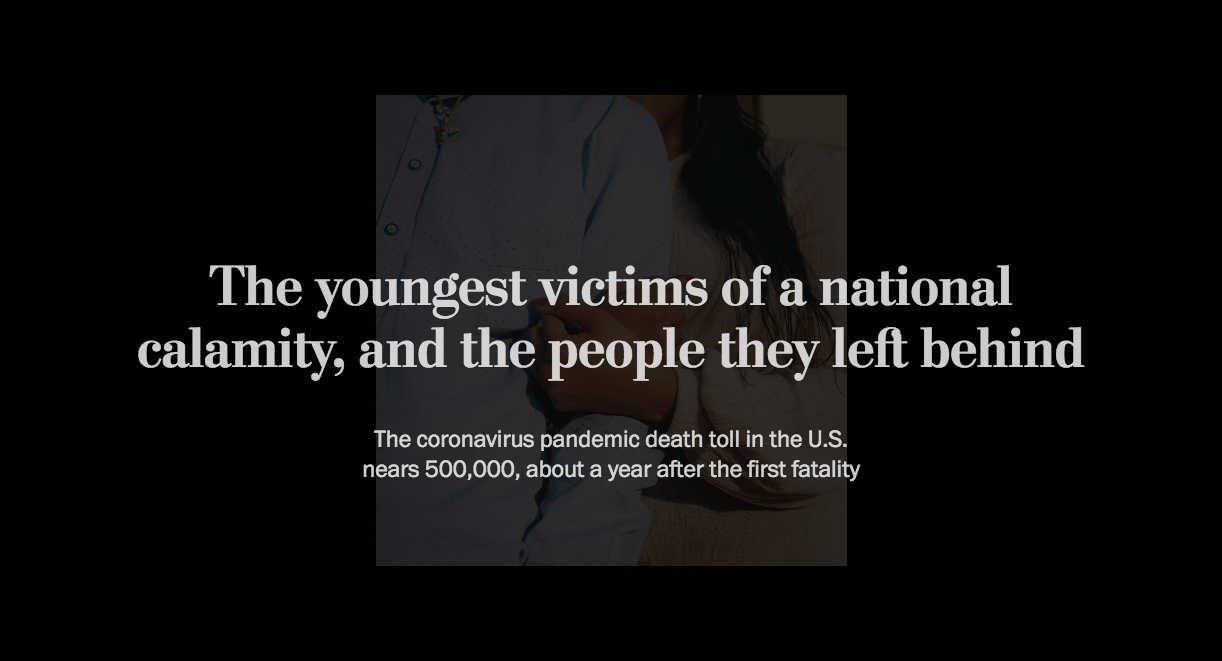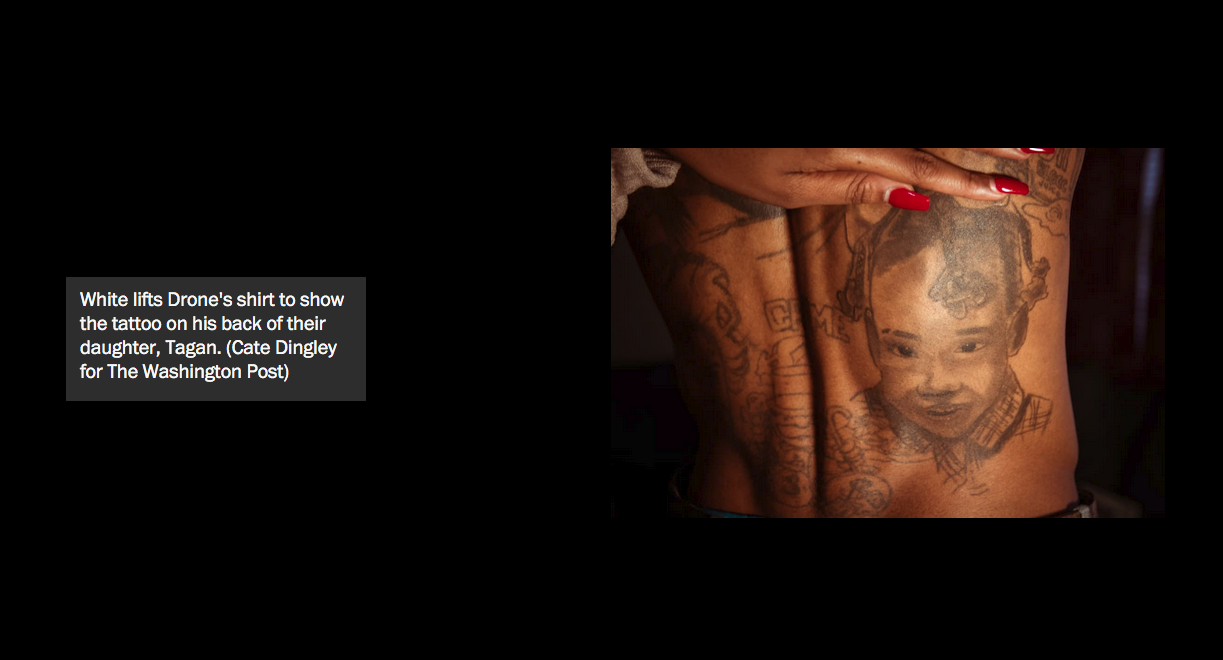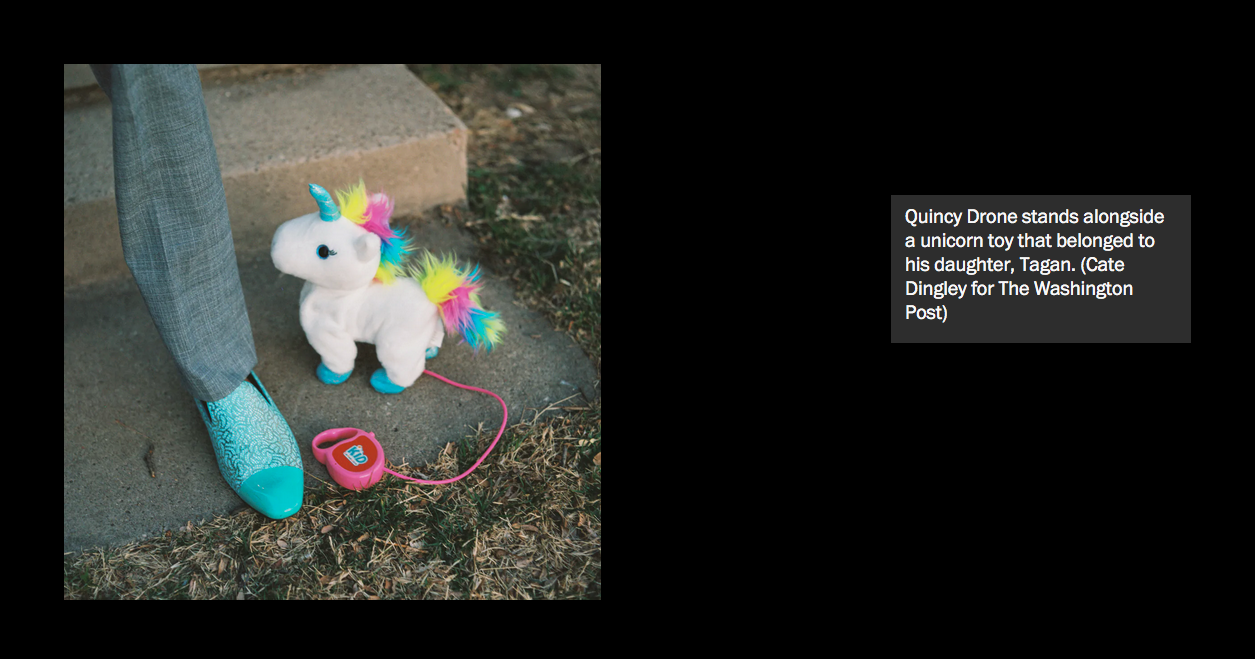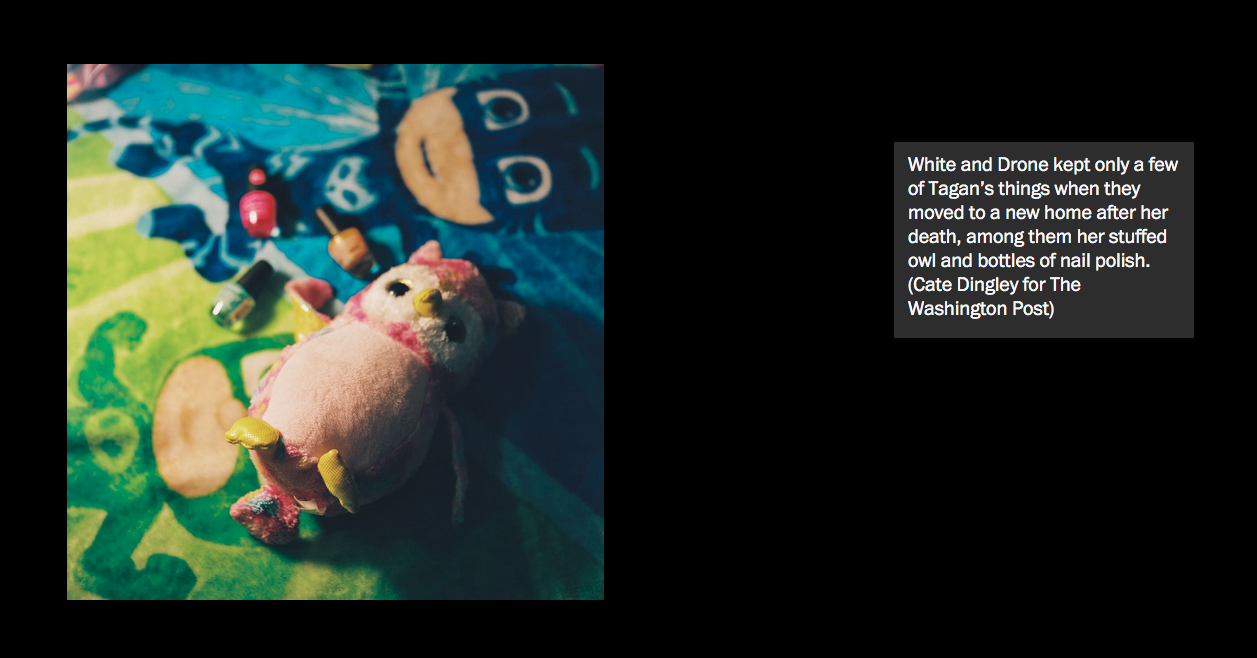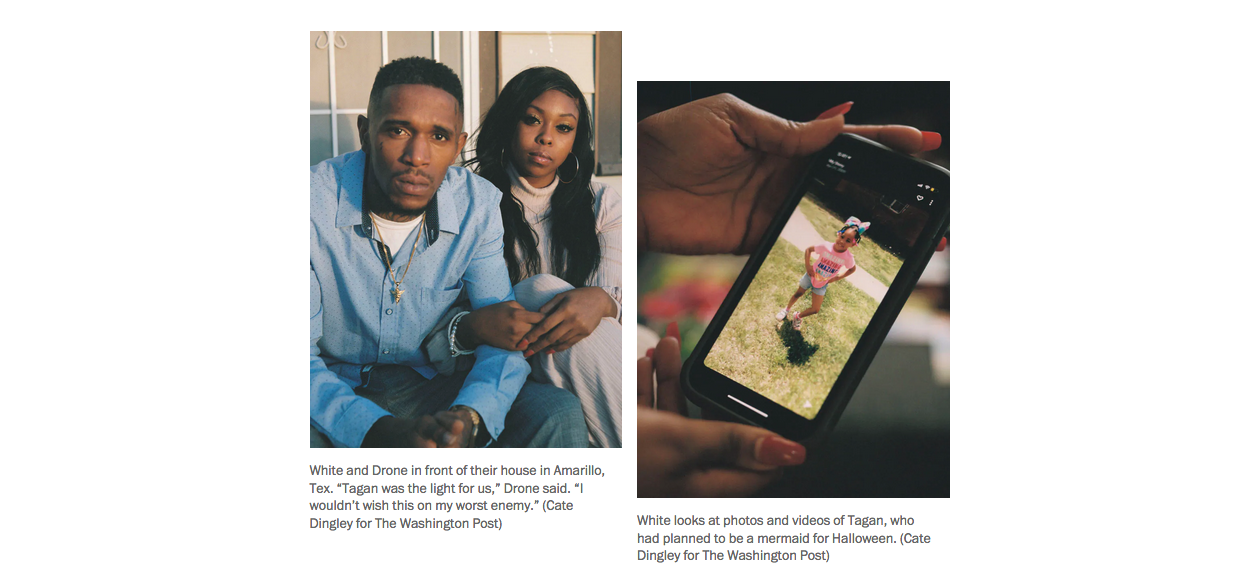Earlier this month I went to Amarillo, Texas to meet Quincy Drone and Lastassija White. In the Fall of 2020 their five year-old, Tagan, started in-person kindergarten, and in October, she fell sick. When her mother brought her to the hospital, Tagan tested positive for Covid-19 and was sent home. Later that night, she died.
Quincy and Lastassija found it too painful to return home where Tagan spent her last days. These photographs show who and what Tagan left behind--young parents, bereft, a few of her favorite stuffed animals, a colorful hair-bow collection.
“Look what happened to us,” Drone said. “People have to take it serious. And it’s not over. We’re still in the pandemic. We’re still in 2021. Do you think no more kids are going to die? Tagan was the light for us. I wouldn’t wish this on my worst enemy.”
"As the nation reaches the milestone of a half-million deaths about a year after the first American succumbed to the coronavirus, the number of children killed by the disease remains relatively small… Each death represents a shattered family and a trauma deepened, parents say, by the rampant belief that kids can’t get covid, or that it doesn’t much harm them when they do… The children who have died of covid-19 are, even more than among adults, disproportionately children of color — about three-quarters of those who’ve succumbed to covid so far, according to CDC data." -italicized text by Washington Post authors


